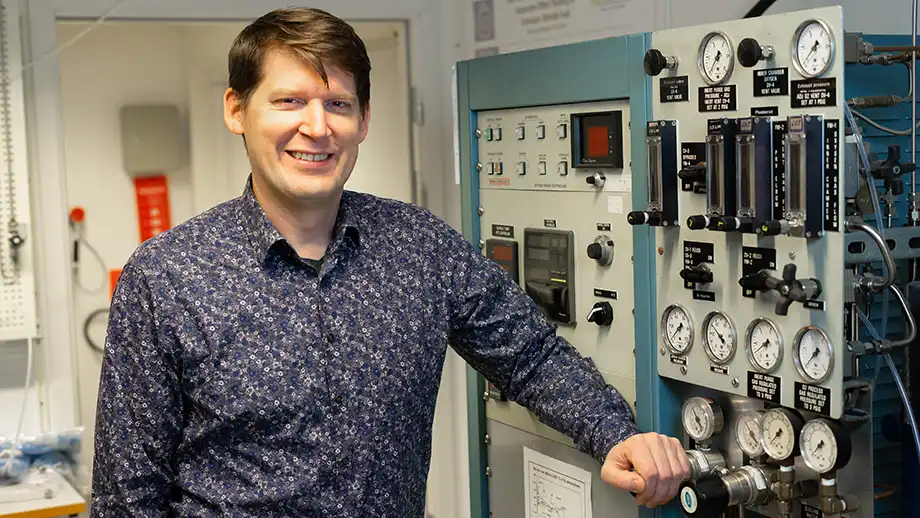KTH initiative paves the way for new nuclear energy lab

One of KTH's strategic research initiatives has paid off in the form of substantial research grants from the Swedish Energy Agency. Two projects have secured the entire SEK 50 million grant – and a bit more.
“KTH has scored big in the Swedish Energy Agency’s call for proposals. I believe we can rely on our strength in our various fields and the fact that we have put together two very convincing applications,” says Pär Olsson, Professor of Physics and Nuclear Materials and Head of the Department of Physics at KTH.
The Swedish Energy Agency's call for proposals is aimed at projects that will promote research infrastructure and testing and experimental infrastructure for future nuclear power. The aim is to contribute to a sustainable electricity and energy supply in order to achieve the necessary energy and climate transition.
Shall produce fossil-free heating
Pär Olsson and his research colleagues' NUCLEAR project has been granted SEK 36 million to build an experimental research laboratory where they will test new techniques for manufacturing materials and components that can be used in smaller nuclear reactors, known as small modular reactors (SMRs). The goal is to find new ways to produce fossil-free heat for use in industry, for electrification and for society's needs.
At the same time, colleague and KTH professor Pavel Kudinov's project ExPaNS has also been awarded just over SEK 17 million. The project aims to create a knowledge and competence platform for the nuclear power of the future.
Receive more than stated in the call
This means that the KTH researchers will receive a total of more than the 50 million Swedish kronor that the call for proposals originally consisted of.
"We were bold and applied for more, because we knew that the Swedish Energy Agency had received a lot of funding in this field. It was worth taking a chance, and we were convincing, so they decided to change the call for proposals and distribute more money than they had originally announced," Olsson says.
"Came at the right time"
The research projects are conducted within the framework of Nexus , KTH's strategic initiative on nuclear energy.
"It is clear evidence that this was a strategic initiative that came at the right time. Nexus gave us the opportunity to start discussing exciting new research that we hadn't had before. We had previously worked independently, but the initiative made us start thinking more about how we could be interdisciplinary in this field," Olsson says.
Text: Sabina Fabrizi ( sabina@kth.se )
Read about all of KTH's strategic research initiatives
